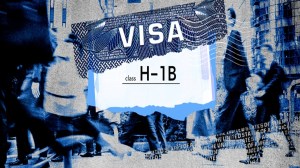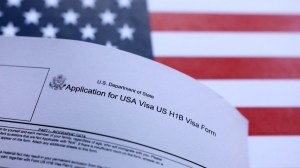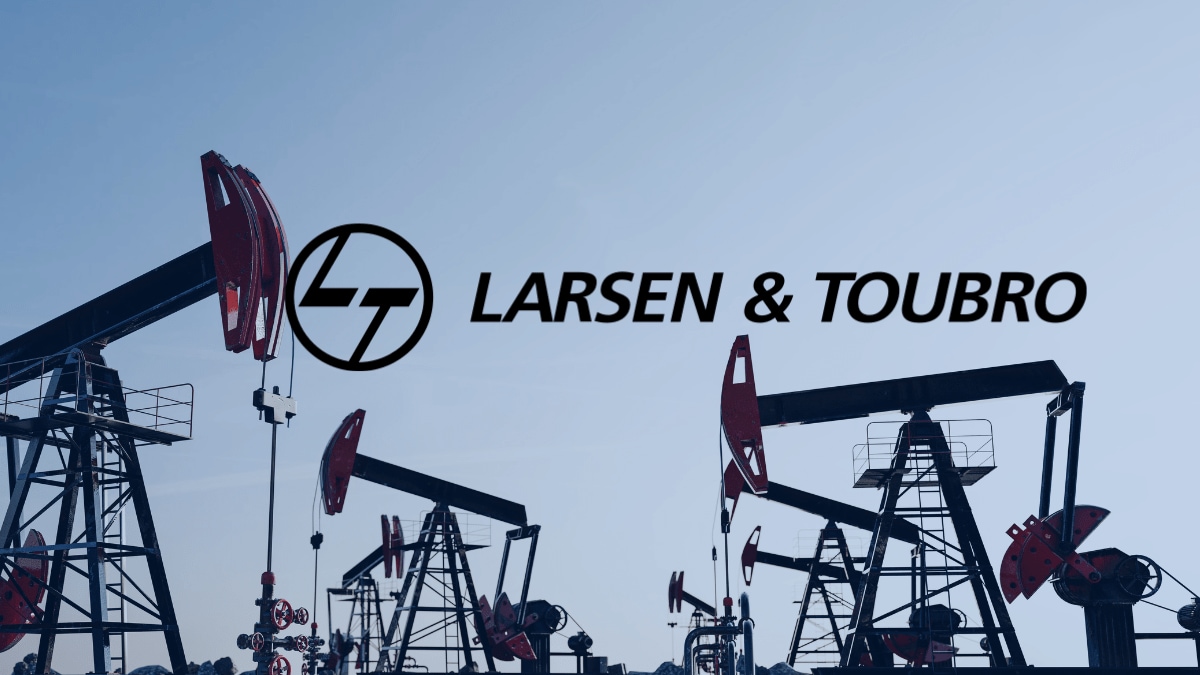By Nimisha Dua
In today’s rapidly changing business landscape, the convergence of cutting-edge technology and human resources is reshaping the way we operate, engage, and envision the future. The infusion of Artificial Intelligence (AI) into HR practices is undoubtedly a game-changer, one that has the potential to redefine work dynamics, elevate employee experiences, and pave the path for a new era of organizational efficiency. We find ourselves at the forefront of this transformation, navigating uncharted territories to harness the true potential of AI in driving our workforce towards unprecedented heights.
AI-Driven Talent Acquisition: Rethinking the Path to Exceptional Teams and Fostering Inclusivity
AI, once a science fiction concept, is now an inevitable part of our reality. Its rapid integration into HR operations has revolutionized how we approach talent management, employee engagement, and the overarching employee lifecycle. This metamorphosis stems from the realization that a seamless blend of human intelligence and AI-powered insights can propel our organizations towards unparalleled success.
In the realm of talent acquisition, AI has become an indispensable ally. Traditionally, sifting through a mountain of resumes was a time-consuming ordeal, often prone to human biases. The advent of AI-driven applicant tracking systems has streamlined this process, enabling us to identify exceptional talent from diverse backgrounds efficiently. AI-powered algorithms analyze candidate profiles, matching skills, experiences, and potential cultural fit to shortlist candidates that align with the organizational DNA. This not only expedites the hiring process and makes it more effective, but also helps us tap into a broader pool of talent, fostering inclusivity and innovation.
Employee Engagement: Amplifying Connection and Satisfaction
At the heart of every organization lies its employees, whose engagement and growth are paramount to the organisation’s success. Cutting-edge technologies like AI & data analytics can be leveraged to embark on a journey that delves into the intricacies of employee sentiments, aspirations, and feedback. This data-driven approach allows organisations to promptly identify areas of concern and tailor strategies to enhance the employee experience. By providing personalized learning opportunities, recognizing contributions, and facilitating transparent communication channels. An ecosystem can be crafted where each individual feels valued and empowered. AI can also be employed to provide anytime / anywhere HR services to employees of an organisation, ensuring their needs are catered to and they have a sense of belongingness to the organisation in this new hybrid world of work.
Empowering Learning in the AI Era: Customization at Scale
In this era of AI, learning and development can take on a new dimension. AI-powered learning platforms curate customised training modules, addressing skill gaps and catering to individual learning preferences. It can help provide people with learning experiences, which are tailored to their unique needs and aspirations. With AI as an ally, organisations can now offer personalized learning pathways that adapt to individual preferences, enabling continuous growth and upskilling. This approach not only boosts the agility, adaptability and competence of employees but also aligns seamlessly with the dynamic demands of the modern business landscape to make them future-ready. Using AI, learning can be tailored to provide customization at scale ensuring that each individual’s learning journey is as distinctive as their fingerprint, setting the stage for a workforce that thrives in the era of AI-driven innovation.
AI Leadership: A Harmonious Blend of Human and Machine
Championing AI’s integration within HR involves a paradigm shift in leadership approaches. As leaders, we are entrusted with fostering an environment where AI complements human ingenuity, rather than overshadowing it. Nurturing a culture that values human insights, creativity, and empathy is non-negotiable. AI augments our capabilities; it doesn’t replace our essence. The future belongs to organizations that skillfully balance AI’s efficiencies with the irreplaceable touch of human interaction.
As we contemplate the trajectory of our AI-powered HR revolution, we will get inspired by the stories of organizations that have harnessed AI to create workplaces that are not just efficient, but also inclusive and empowering. The journey isn’t without challenges, but it’s these challenges that push us to refine our strategies, mitigate risks, and ensure AI’s alignment with our core values.
Unleashing Greatness: AI as the Catalyst for Human Potential and Brilliance
In essence, the AI-powered HR revolution is a testament to our adaptability, resilience, and unwavering commitment to nurturing our most valuable resource – our people. It signifies an era where AI is a tool that amplifies our potential, enables strategic decision-making, and propels us towards a future where work is more than a series of tasks—it’s a transformative experience.
As we continue on this transformative journey, we should remember the words of Marcus Buckingham, “The role of the leader is to recognize that greatness is already inside each one of our employees. Only the people themselves can unleash it.” AI, in its myriad forms, is our ally in unearthing this greatness. It’s a partnership that empowers us to navigate the future with confidence, adaptability, and a renewed commitment to creating workplaces that inspire, innovate, and thrive in the age of AI.
Ethics and AI: The Compass of Responsible Innovation
As we embrace this transformative journey, ethical considerations remain paramount. AI’s ability to analyse vast datasets offers insights into employee behaviours and trends. This treasure trove of information necessitates the utmost respect for data privacy and security. Organisations need to be committed to preserving employee trust, which they can do by disclosing transparently how and where AI is employed and putting safeguards in place to protect sensitive information.
The author is CHRO, Grip Invest








